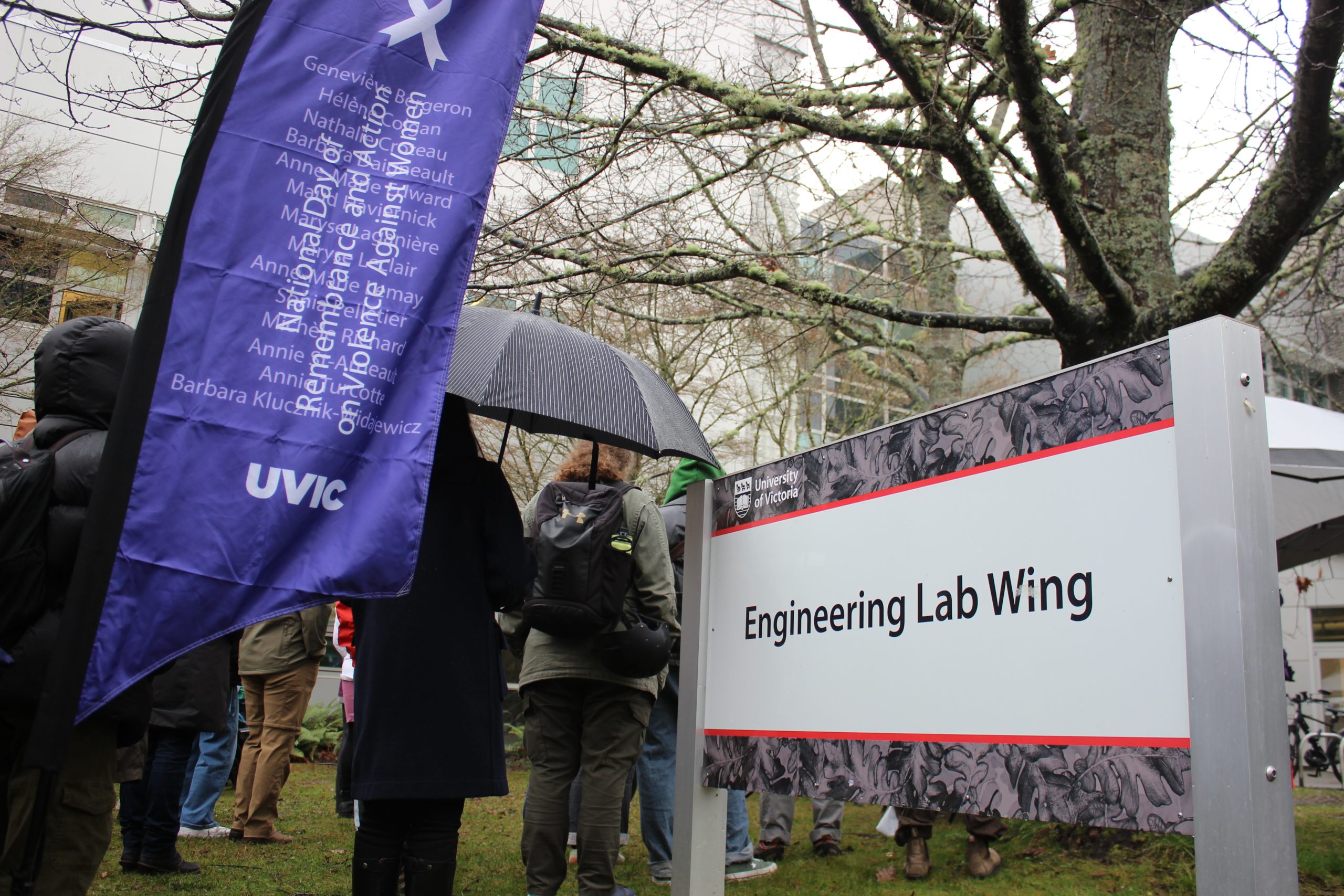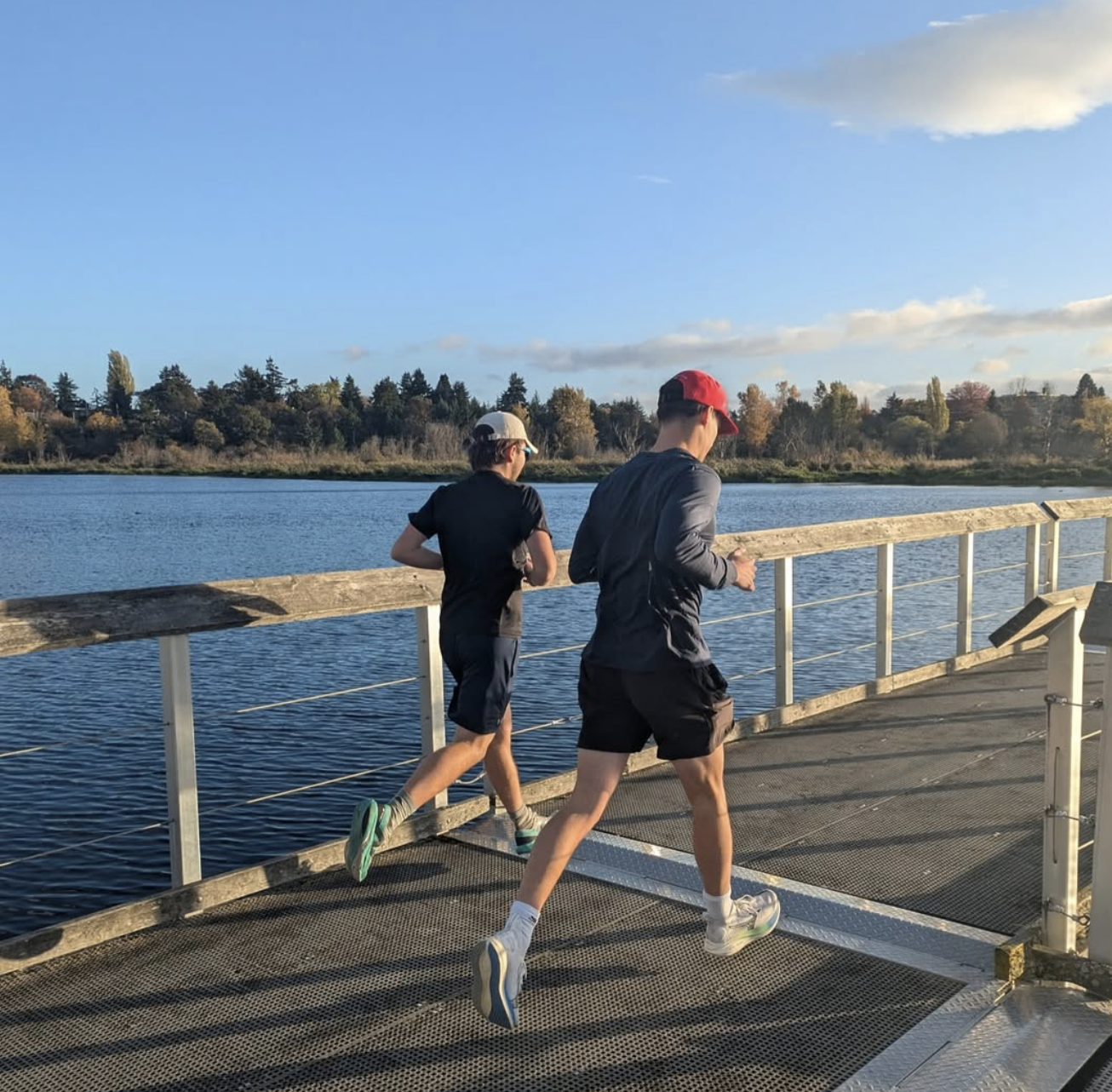Over the past few months, one of the most prevalent buzzwords of the hockey world has been “analytics” which generally refers to the use of statistical analysis to determine a team successes or a player’s value.
For some insight into the growth of this method of evaluating hockey players, I interviewed Rob Vollman, the co-author of five Hockey Prospectus guides, the 2014-15 McKeen’s magazine, and author of two editions of “Rob Vollman’s Hockey Abstract.”
TM: Take us back to 2001, how did you first become interested in statistical analysis?
RV: We would have to go back to the embryonic stage because I’m pretty sure I was born with it. I have always viewed the game through a statistical lens. I can’t tell you how many hours I spent going over box scores, hockey cards, and Hockey News articles, even as a 10-year-old.
This was before personal computers were common, so it was all done with paper, pencil, and a calculator — or in my head. Even when we got a computer, they were so slow back then that you had to turn auto-calculation off, and you’d have to wait for hours any time you wanted to sort the data.
As for 2001, that was indeed my first published article, as Iain Fyffe gave me a co-author credit on an article in the Hockey Research Journal about fixing plus/minus. He was definitely one of my first inspirations, mentors, and friends when it came to expressing these ideas in print. Well, I gave him a co-author credit on my most recent Hockey Abstract book, so I guess we have come full circle since then!
TM: One of your most marked characteristics is your ability to demonstrate your analysis in clear and concise ways. How important is the ability to communicate your findings to the masses, especially given the widespread acceptance of basic possession metrics in recent months?
There are a lot of brilliant minds out there, and my primary contribution to the field is to understand their work, and find a way to present it in a way that’s useful, makes sense, and is fun. Sometimes the original studies can be a little dry and can occasionally come across as overly negative and critical, so it’s definitely important to learn how to give these ideas the best voice. I absolutely love hockey analytics and I want everyone to see it in a way where they can have as much fun as I do.
TM: Clearly the analytics community has drastically changed over the past few years but are there ‘hockey’ questions that you still feel can be answered through statistical analysis? Are there some questions that may never be answered?
RV: Hockey analytics are at their best when serving as a sober second thought to confirm or deny what’s been observed through traditional analysis, and for finding things that might have been missed, and deserve a closer look. As such, there will always be new questions to answer, and there will also be questions where the numbers can only play a secondary role.
TM: How do you evaluate the usefulness of a metric, either one you have developed or by another?
Statistics have many different purposes, but in general they can be evaluated based on how well they describe what has occurred, and how well they predict what will occur in the future. Some metrics are only meant for the former, while others include the latter component to some extent or another.
If I were to add a third measurement, it would be to measure the above success against its complexity. Statistics that are straightforward, accessible, and make intuitive sense are going to be far more useful in the long run than those that are more accurate, but which require a Master’s in statistics, or the need to take someone else’s word for it.
Above all else, I always try to stay positive when making evaluations like these. After all, some of the best ideas we have in hockey analytics started off as rather embarrassing failures. Plus, there are so many perfectionists ready to jump on anyone who trots out something new, when just a little support can sometimes help create something highly original and creative.
RV: Finally, how would you describe the past seven months or so with so many more NHL teams adding analytics-friendly minds to their front offices?
I described in the 2013 book how I felt this wave was upon us, and I certainly felt its splash ashore even before all the hiring began. By my count there have been nine outsiders who have hired by NHL teams recently, all but two of whom were previously featured in my latest book. In my more immodest moments, I like to think that I’ve had a hand in advancing our work to a greater audience, which is quite rewarding.
I still remember the first time I spoke with an NHL front office about my work — you couldn’t kick the smile off my face for weeks. Ultimately I’m trying to reach people who want to get into hockey analytics, and enjoy seeing the sport the same way I do, but whenever I see how I’m making my own mark on the sport itself, well then I don’t feel so bad about being born without the talent to play it.








